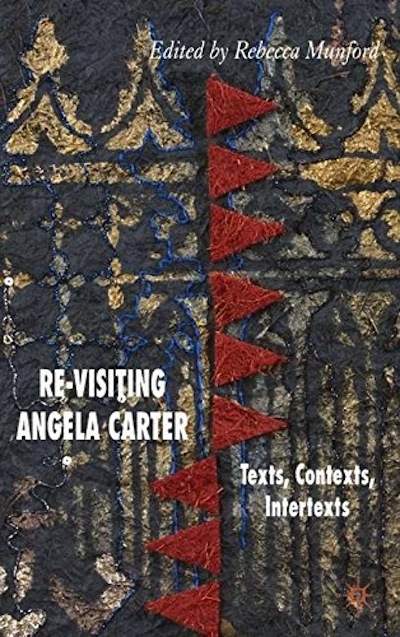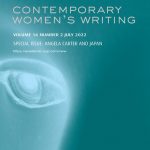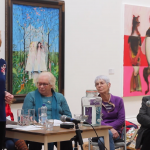Re-Visiting Angela Carter: Texts, Contexts, Intertexts
Rebecca Munford (ed.)
Palgrave, 2006
Focusing on questions of intertextuality, authorship and representation, Re-visiting Angela Carter offers a re-examination of one of the twentieth century’s most important British writers. While the introductory essay theorizes the politics of Carter’s writing, the individual chapters re-visit her relationship to key literary and cultural influences (e.g. Shakespeare, de Sade, the Gothic, Japan) and illuminate neglected ones (e.g. Jean-Luc Godard, Marcel Proust, Charles Dickens, surrealism). This provocative and timely collection both offers new readings of Carter’s opus, and contributes to contemporary critical debates concerning gender, postmodernism and intertextual theory.
“Carter’s writings are charged with allusions to a vast array of Western cultural texts – including literary, religious, political and philosophical writings, films, the visual arts and scientific treatises. Intertextuality is the fabric of her work. It is the principle of her attempt to demythologise and to re-imagine human relations. Munford’s volume is the first to focus entirely on this key issue in Carter’s work. Re-Visiting Angela Carter should assume an important place in a new wave of Carter criticism”.
Professor Aidan Day, Department of English, University of Aarhus, Denmark
“As the title indicates, this volume offers most to scholars already familiar with Carter. However, it will prove indispensable to postgraduate researchers and deserves to be on undergraduate reading lists. Overall, this is an impressive collection that enriches Carter criticism, often taking it in fresh directions. In case there was any doubt, this book will convince readers that revisiting Angela Carter merits more than a brief sojourn: the riches in Carter’s work that are revealed here clearly warrant an extended stay”.
Emma Parker, Contemporary Women’s Writing
Includes Charlotte Crofts‘ chapter ‘”The Other of the Other”: Angela Carter’s “New-Fangled Orientalism”‘, pp. 87-109.







1 Pingback